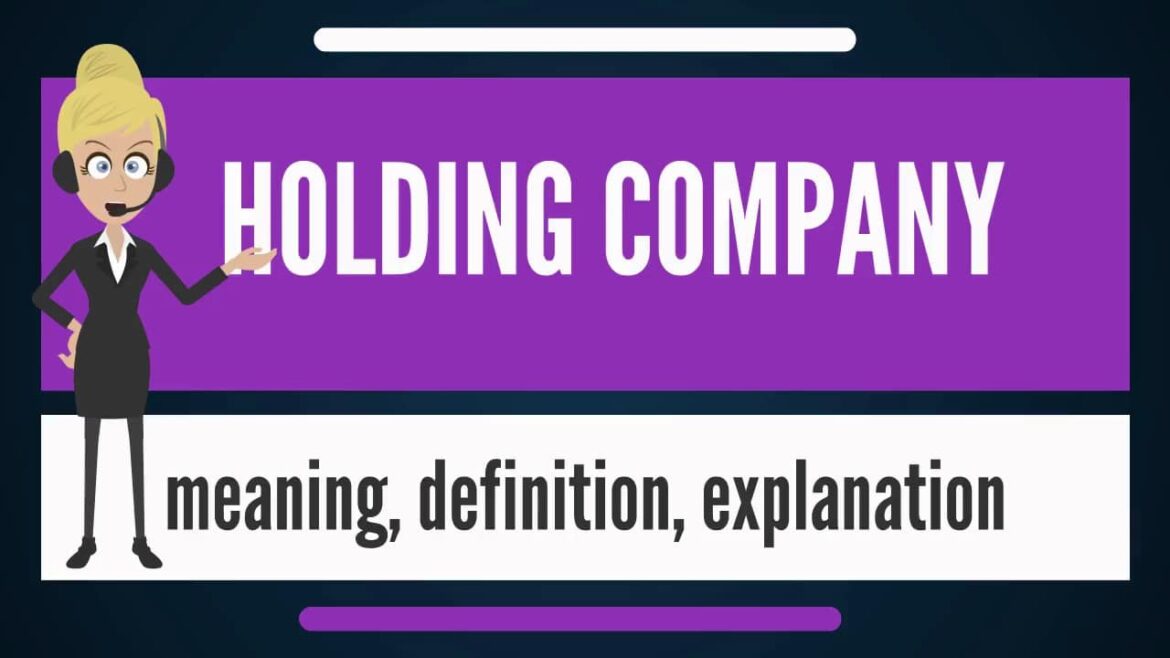2K
You may have asked yourself what a holding company actually is. The term comes up again and again in connection with companies. We explain what is hidden behind the term.
What is a holding company? A simple explanation
Holding is a technical term from business administration.
- This refers to when a company holds several sub-companies. The parent company is the holding company, the other companies are subsidiaries. The term describes how a company is structured.
- The principle is that the parent company has capital in the subsidiary and is financially involved. However, the individual subsidiaries stand and act autonomously, i.e. in terms of company law and organisation.
- Mostly the parent company does not produce anything itself. It holds shares in the subsidiaries and derives its profits from them.
- The advantage of this corporate structure is the tax savings that a company can obtain in this way. For example, if the parent company is based in a country where business is subject to low taxes, it virtually only has to pay low taxes on the profits generated by the subsidiaries.
- Production takes place in the subsidiaries. These can then have their headquarters in a country with higher taxes. The profits do not have to be taxed as a whole, they go to the parent company.
Different company structures are possible
A holding company can be organised in several ways.
- Financial holding company: In this type of organisation of a holding company, only the shares in the subsidiary companies are managed in the parent company and financial resources are provided for them.
- Structural holding: Another name for structural holding is organisational holding. Here, the internal organisation of a company plays a role. For example, the parent company can be represented on the market with several brand names through its subsidiaries. The holding company thus determines in which divisions it does business and offers products.
- Operative holding: In this type of holding, the parent company is also called the “parent company group” because it has significantly more influence on the subsidiaries. The parent company not only manages shares in its subsidiaries, it takes over and determines most of the operational business of the holding company.
- He determines personnel matters, appoints the CEO of a subsidiary, for example. The structure and strategy of the subsidiaries are also developed and determined by the parent company. In this form, the subsidiaries are not only heavily dependent on the parent company, they are also significantly smaller.

